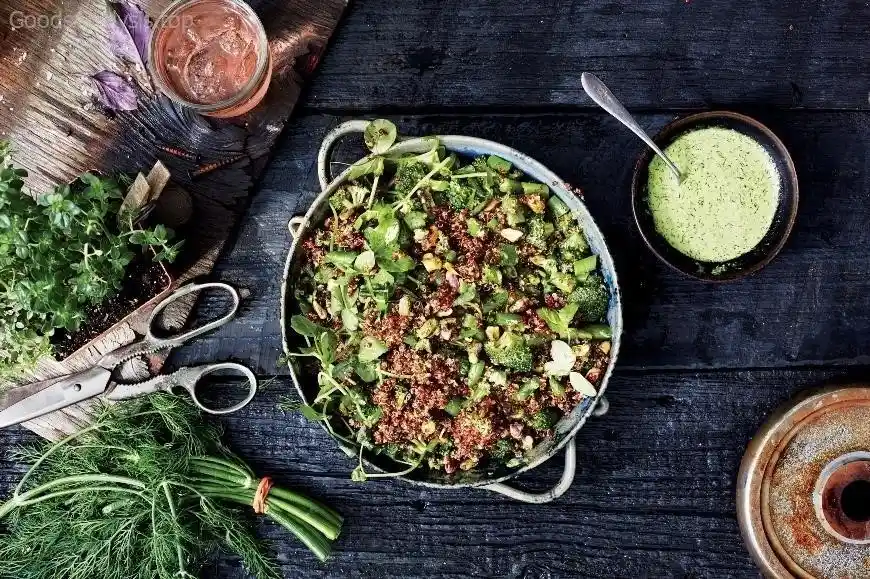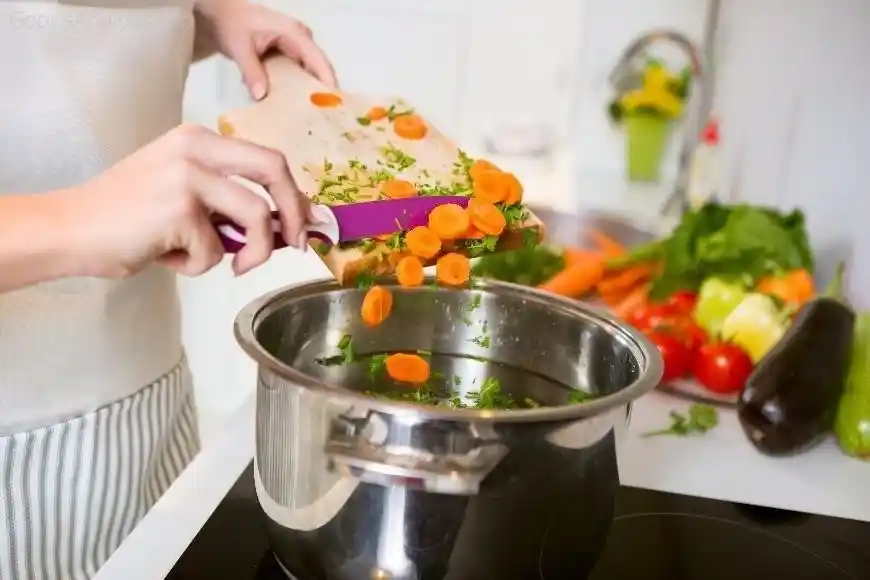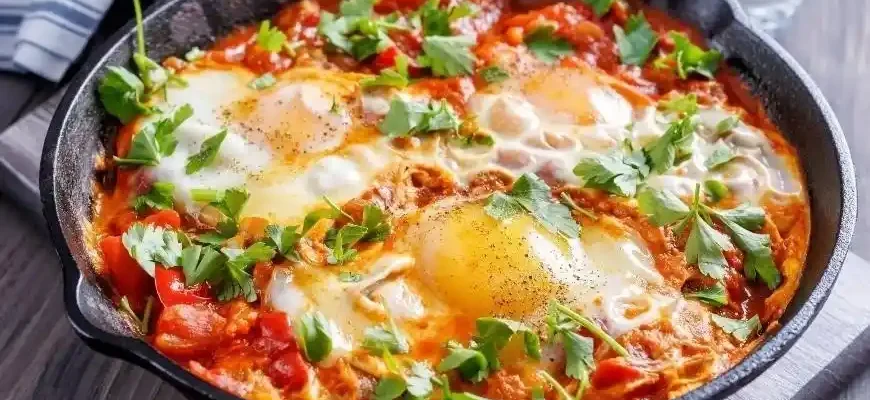Lentils, humble as they may seem, have been a staple in diets around the world for thousands of years. These tiny legumes are not only nutritious and versatile but also incredibly easy to cook. If you’re looking to add more plant-based protein to your meals, or just want to enjoy a hearty, affordable dish, lentils are an excellent choice.
In this guide, I’ll walk you through everything you need to know about cooking lentils—covering the different types, the health benefits, some potential pitfalls, and yes, even a few of my tips and tricks, honed over years of cooking experience. And don’t worry, I’ll share the good with the bad, so you can be fully informed, as any seasoned cook should be!
The Basics: What Are Lentils?
Lentils are small, lens-shaped legumes that come in a variety of colors, each with a unique flavor and cooking characteristic. They are packed with protein, fiber, iron, and essential minerals. Unlike beans, lentils don’t require soaking, making them a quick and easy addition to any meal.
There are several types of lentils available, and each one has its particular use in the kitchen:
- Brown Lentils: These are the most common variety, with a mild flavor and a soft texture once cooked. They hold their shape well, making them great for soups, stews, and salads.
- Green Lentils: Slightly firmer than brown lentils, they have a peppery flavor and are perfect for dishes where you want the lentils to retain their texture.
- Red Lentils: These cook quickly and break down into a creamy texture. They’re perfect for curries, dahls, and soups.
- Black Lentils (Beluga Lentils): Tiny, shiny, and black, these lentils resemble caviar and hold their shape beautifully in dishes.
- Yellow Lentils: Similar to red lentils in their quick cooking time, but often used in Indian cooking, where they are spiced to perfection in dishes like sambar and dal.
Nutritional Benefits of Lentils
Lentils aren’t just tasty; they’re packed with health benefits. A typical 1/2 cup serving of cooked lentils contains about:
- Protein: Around 9 grams, making lentils an excellent source of plant-based protein.
- Fiber: Roughly 8 grams, which aids in digestion and helps maintain healthy blood sugar levels.
- Iron: About 3 milligrams, important for preventing iron-deficiency anemia.
- Vitamins and Minerals: Lentils are rich in folate, magnesium, and potassium, supporting everything from heart health to brain function.
And here’s the kicker: they’re low in fat and calories. So, if you’re watching your waistline or simply looking to eat more sustainably, lentils check off many boxes.

How to Cook Lentils: Step-by-Step
1. Rinse and Sort Your Lentils
Before cooking, always rinse lentils in cold water. While lentils are generally clean, you might find small stones or debris mixed in. Give them a quick sort through your fingers to make sure they’re all good to go.
2. Add the Right Amount of Water
Lentils don’t need to be soaked, but they do need the right amount of water. For every 1 cup of dried lentils, use about 2 to 3 cups of water or broth. The exact ratio depends on the type of lentils and whether you want a thicker or thinner dish.
- Red and Yellow Lentils: These need less water (around 2 cups for 1 cup of lentils).
- Brown, Green, and Black Lentils: These require more water (about 2.5 to 3 cups of water per 1 cup of lentils).
3. Bring to a Boil and Simmer
Place your lentils and water in a pot and bring it to a boil. Once boiling, reduce the heat to a simmer and cover. Here are some rough cooking times for different lentil varieties:
- Brown Lentils: 20-30 minutes
- Green Lentils: 25-35 minutes
- Red Lentils: 15-20 minutes
- Black Lentils: 25-30 minutes
Be sure to check for doneness—lentils should be tender but not mushy (unless you’re aiming for a puree, like in soups or dips).
4. Season to Taste
Lentils are very neutral in flavor, which means they absorb the tastes of whatever you cook them with. You can add salt, garlic, herbs, spices, or broth while cooking to infuse them with flavor. If you’re using lentils in a salad, let them cool slightly before adding a dressing or vinaigrette.
Common Issues and How to Solve Them
- Lentils Too Mushy? If your lentils are falling apart, you’ve probably overcooked them. Some lentils, like red lentils, cook very quickly, so keep an eye on the timer. Use the “bite test” to gauge their doneness.
- Hard Lentils? If your lentils remain tough even after cooking for a while, it could be because they’re old. Lentils can lose their ability to cook evenly after a year or two, so check the expiration date and always buy fresh if possible.
- Water Too Much or Too Little? If you’re making a lentil stew and find the water has evaporated, just add a little more broth or water and keep simmering. Conversely, if there’s too much liquid, let it cook off, or mash some lentils to thicken the consistency.

Best Lentil Recipes to Try
- Lentil Soup: A simple combination of lentils, carrots, onions, garlic, and spices (like cumin and turmeric) creates a hearty, warming soup.
- Lentil Salad: Cool cooked lentils mixed with fresh vegetables and a zesty vinaigrette make for a refreshing, protein-packed salad.
- Lentil Curry: Simmer lentils with coconut milk, tomatoes, and curry spices to make a rich, satisfying dish. Serve with rice or flatbread for a complete meal.
Who Should Eat Lentils?
Everyone! Lentils are great for people of all ages, particularly for those following vegetarian, vegan, or gluten-free diets. They’re especially beneficial for people managing high cholesterol, blood sugar levels, or those in need of an iron boost. That said, individuals with certain digestive issues, like irritable bowel syndrome (IBS), may find lentils a bit tough on the stomach. In such cases, soaking lentils overnight or using smaller lentils like red lentils might be gentler.
Different Voices: What People Are Saying About Lentils
- Maria, 56, Spain: “I’ve been cooking lentils for years, and they’re one of my go-to ingredients. I love making Spanish lentejas with chorizo, but even on their own, they’re delicious. The only thing I’ve learned is to not overcook them. If you do, they become mush, and that’s a mess!”
- Jamal, 28, USA: “I eat lentils every week, especially when I want a quick protein fix. Red lentils are my favorite because they cook so fast. They’re a great base for vegan curries, and they really soak up flavors.”
- Aisha, 42, Nigeria: “In my country, lentils are used in stews and soups, and I’m a big fan. What I appreciate most is how cheap they are but still pack so much nutritional value. It’s like getting the most bang for your buck!”
- Yuki, 62, Japan: “I prefer green lentils because they hold their shape and add a nice texture to my vegetable salads. They’re not very common here, but I’ve found them in health food stores, and now I keep a stash on hand.”
- Elena, 34, Russia: “Lentils are a great food for anyone on a budget. I usually prepare them with onions, carrots, and herbs for a simple, hearty meal. I’ve noticed they can cause bloating for me, though, so I try to soak them for a few hours first.”
Final Thoughts
Lentils are more than just a food—they’re a part of culinary history, a source of nutrition, and a versatile ingredient for nearly any kitchen. Whether you’re making a simple soup or a complex curry, lentils can elevate your meals without breaking the bank. Keep in mind the potential downsides, like digestive discomfort for some, but with proper preparation, lentils can be a mainstay in your diet. As always, happy cooking!









